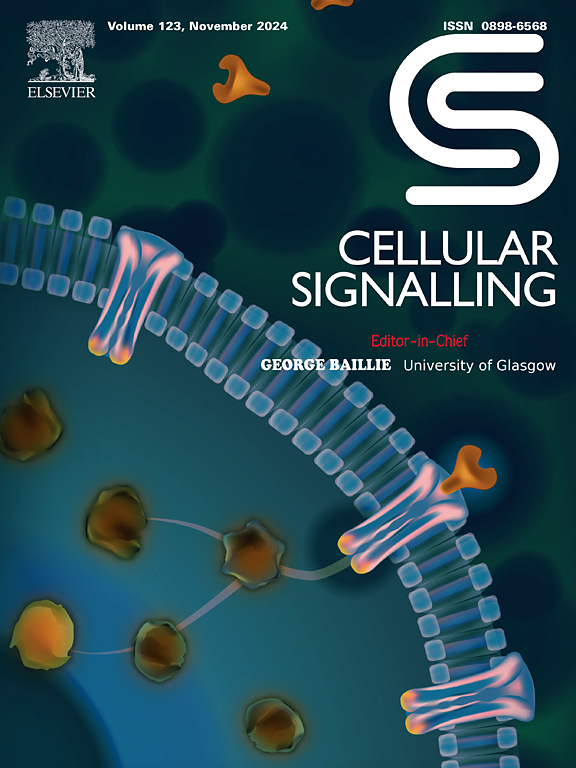Catharanthine tartrate ameliorates osteoclastogenesis by destabilizing HIF-1α
IF 4.4
2区 生物学
Q2 CELL BIOLOGY
引用次数: 0
Abstract
With the aging population, postmenopausal osteoporosis (PMOP), clinically manifested by reduced bone density, weakened skeletal strength, and compromised skeletal microstructure, has become the most prevalent type. The decline in estrogen levels fosters oxidative stress and osteoclastogenesis, which significantly enhance the activity of osteoclasts. Current treatments prefer to adopt relevant strategies to inactivate osteoclasts but come with unavoidable side effects. In our study, Catharanthine Tartrate (CAT), a derivative of the alkaloid catharanthine found in Catharanthus roseus, promised to be an effective therapy for PMOP. CAT inhibited RANKL-induced osteoclast differentiation and bone resorption in vitro. Moreover, CAT inhibited osteoclast activity by enhancing the ubiquitination-mediated proteasomal degradation of HIF-1α, which reduced oxidative stress and subsequently suppressed osteoclast activity. The inhibitory effects of CAT on osteoclast function and oxidative stress were reversed by DMOG, a known inhibitor of HIF-1α degradation. Next, an in vivo mouse experiment using the Ovariectomized (OVX) model to induce osteoporosis indicated that CAT enhanced bone mass density, bone structure, and bone remodeling. Our findings revealed that CAT inhibits PMOP through facilitating HIF-1α ubiquitination and degradation, suggesting a promising therapeutic approach for this disorder.

酒石酸Catharanthine酒石酸盐通过破坏HIF-1α的稳定来改善破骨细胞的发生
随着人口老龄化,绝经后骨质疏松症(PMOP)已成为最常见的骨质疏松症类型,临床表现为骨密度降低、骨骼强度减弱、骨骼微结构受损。雌激素水平的下降会促进氧化应激和破骨细胞的生成,从而显著增强破骨细胞的活性。目前的治疗倾向于采用相关的策略来灭活破骨细胞,但不可避免的副作用。在我们的研究中,Catharanthine酒石酸盐(Catharanthine Tartrate, CAT)是Catharanthus roseus生物碱Catharanthine的衍生物,有望成为治疗PMOP的有效药物。CAT抑制rankl诱导的破骨细胞分化和骨吸收。此外,CAT通过增强泛素化介导的HIF-1α蛋白酶体降解来抑制破骨细胞活性,从而降低氧化应激,进而抑制破骨细胞活性。CAT对破骨细胞功能和氧化应激的抑制作用被DMOG逆转,DMOG是一种已知的HIF-1α降解抑制剂。接下来,使用卵巢切除(OVX)模型诱导骨质疏松症的小鼠体内实验表明,CAT可增强骨密度、骨结构和骨重塑。我们的研究结果表明,CAT通过促进HIF-1α泛素化和降解来抑制PMOP,这为这种疾病提供了一种有希望的治疗方法。
本文章由计算机程序翻译,如有差异,请以英文原文为准。
求助全文
约1分钟内获得全文
求助全文
来源期刊

Cellular signalling
生物-细胞生物学
CiteScore
8.40
自引率
0.00%
发文量
250
审稿时长
27 days
期刊介绍:
Cellular Signalling publishes original research describing fundamental and clinical findings on the mechanisms, actions and structural components of cellular signalling systems in vitro and in vivo.
Cellular Signalling aims at full length research papers defining signalling systems ranging from microorganisms to cells, tissues and higher organisms.
 求助内容:
求助内容: 应助结果提醒方式:
应助结果提醒方式:


